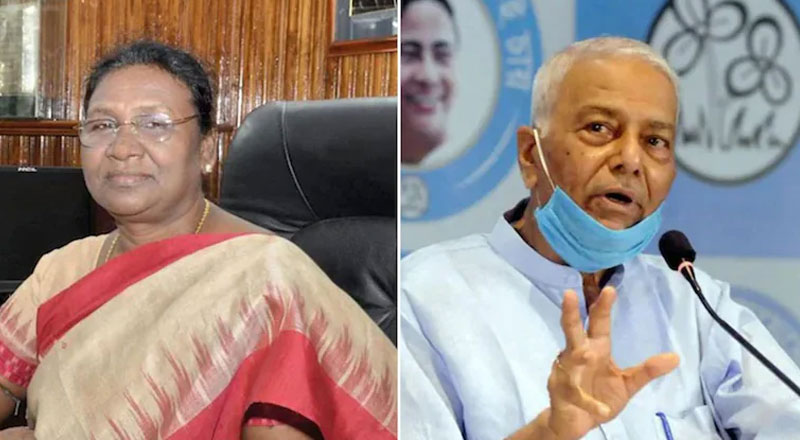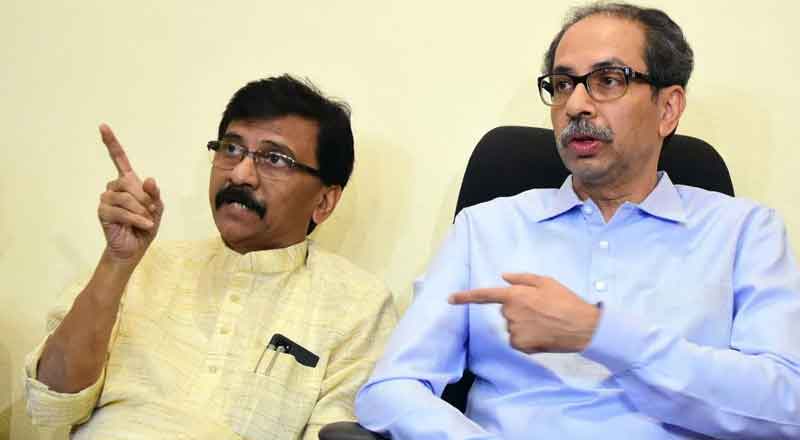With the BJP-led NDA selecting Droupadi Murmu as its candidate for the President’s post and the Opposition parties announcing former Finance Minister Yashwant Sinha’s name as their candidate, here’s a look at how the President of India is elected.
With the BJP-led NDA announcing the name of Droupadi Murmu as their choice of candidate for the next President of India and the Opposition naming Yashwant Sinha as the front runner for the post, India Today looks at how the elections for the topmost post take place.
On July 18, elected MLAs and MPs across the country will vote to elect India’s 16th President. President Ram Nath Kovind’s tenure ends on July 25.
The authority to conduct elections for the Office of President is vested in the Election Commission of India (ECI). The President shall hold office for a term of 5 years from the date on which he enters his office.
ELECTION PROCESS
The President is elected by an Electoral College consisting of MPs of both Houses of Parliament and MLAs of the states and Delhi and Puducherry.
Nominated members of Rajya Sabha, Lok Sabha and the Assemblies, and members of state Legislative Councils, are not part of the Electoral College.
As per the census 1971, the votes are weighted, their value determined by the population of each state.
The value of each MP’s vote is 5.43 lakh divided by 776, rounded off to 700. The combined electoral pool from the Assemblies and Parliament adds up to 10.86 lakh
At present, with 208 MLAs, Uttar Pradesh has the highest value assigned to their votes, while Sikkim has the lowest, which stands at seven.
HOW DOES THE CANDIDATE WIN?
A nominated candidate does not secure victory based on a simple majority but through a system of bagging a specific quota of votes.
While counting, the poll panel totals up all the valid votes cast by the Electoral College through paper ballots and to win, the candidate must secure 50 per cent of the total votes cast + 1.
Unlike general elections, where electors vote for a single party’s candidate, the voters of the Electoral College write the names of candidates on the ballot paper in the order of preference.
The nominated members of either Rajya Sabha and Lok Sabha or Legislative Assemblies of the states are not eligible to be included in the Electoral College and therefore, they are not entitled to participate in the election. Also, members of the Legislative Councils are also not electors for the Presidential election.
NOMINATION PROCESS
The nomination of a candidate for the office of the President needs to be consented to by at least 50 electors as proposers and 50 electors as seconders.
This rule of getting electors to propose and second a person’s candidature was adopted in 1974 after the Election Commission realised that in 1952, 1957, 1962, 1967 and 1969 polls, several candidates submitted their names even though they did not have even a remote chance of getting elected.
HOW DOES VOTING TAKE PLACE?
All elected MPs, in Parliament, will be given ballot papers (green coloured for MPs and pink coloured for MLAs) to cast their vote. They will also be given special pens, which are the only instrument they can use to record their votes.
Each ballot paper will contain the name of all candidates who are contesting the Presidential election. The electors will proceed to indicate their preference for each candidate – marking ‘1’ for the candidate they most prefer as President, ‘2’ for the candidate who is their second preference, and so on.
An elector isn’t required to mark preferences for all Presidential candidates. He/she has to only mark their first preference for their vote to be considered in the election.





